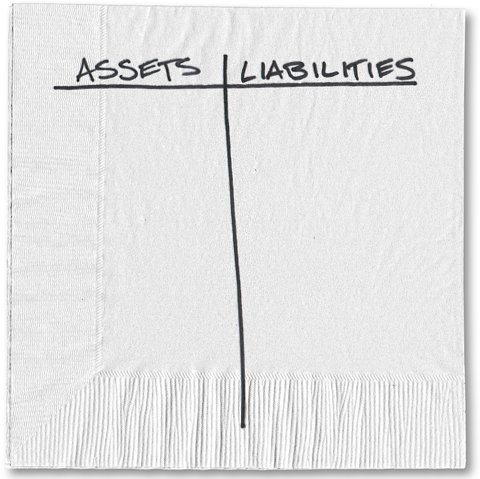Staying Alive
The struggles of a business trying to survive.
Last week, before the election, I received a fat envelope from Independence Blue Cross with our health insurance renewal rates for 2013. This happens about this time each fall, and it is not something I look forward to.
I’ve had a couple of good years — my rates fell in 2010 and 2011 — but this was preceded by a long string of years with double-digit increases. Which is discouraging, because the astronomic rise in costs wasn’t accompanied by any apparent rise in the quality of the health care we have been getting. Co-pays have gone up. Drugs have gotten more expensive. At the doctor’s office they still hand me that stupid clipboard with the paper questionnaire to fill out, then they make me wait another 30 minutes to see the doctor. Most problematic, in my opinion: I still can’t find a price list for any of the doctor’s routine services. So I have no way to compare the costs.
I open the envelope, wade through the pages of boilerplate and finally get to the heart of the matter. For the third year in a row, my rates have dropped. It’s not a huge amount, about 5 percent, but it’s better than another increase. The monthly charge for a single person has dropped from $330.89 to $315.23, and the rate for family coverage fell from $971.26 a month to $925.31. To put this in perspective, here are the rates for my cheapest policy options for the last seven years:
The drop from the peak in 2010 is significant, but I’m still paying 50 percent more for insurance that I was in 2005.
The envelope from Blue Cross was followed by an e-mail from our benefits administrator, with a spreadsheet attached that recapped all of the pricing information and added a whole lot more. Most of it was procedural, laying out the steps required for me to renew the policies for all my workers. But one of the tabs in the sheet was titled “Health Care Reform” and laid out all of the ways that the Affordable Care Act — a k a Obamacare — would be changing the landscape. It’s a long list, sorted by date, and progressing from now until the date of full implementation in 2014. This item in particular caught my eye:
“Effective March 2013: Employers must provide a new notice to all employees explaining the availability of Exchanges and whether or not the employee may be eligible for insurance affordability programs through the Exchange. The notice must be provided to new employees upon date of hire. Guidance is pending.”
Scrolling further down the page, there was more:
“Effective January 1 2014: All U.S. citizens and legal residents must maintain ‘minimum essential coverage.’ Failure to obtain minimum essential coverage will result in financial penalties for groups with more than 50 employees. Some exceptions apply.”
And effective the same date, this:
“Health insurance will be available for purchase through the exchanges. Private and nonprofit insurers as well as states will offer small employers (up to 100 employees) the ability to purchase health insurance. Large employers (more than 100 employees) may purchase coverage through the exchanges beginning in 2017. Employers will not be required to purchase coverage through an exchange.”
Ah, the crux of the matter. Within a year I’ll have some idea of what it will save me (and cost my employees) to stop providing health insurance. I’ll have the option to let my workers get their own coverage, just the same way they get car and house insurance. I have not made up my mind whether this is a good idea or not, but soon I’ll have some real numbers to think about.
With President Obama’s re-election, the Affordable Care Act will be fully implemented. I voted for him, twice, partially in hope that something would be done about the health care mess. So this is what I get.
How about you? What has happened to your rates? What are you finding in your renewal packages? What do the health care changes mean for your company?
Paul Downs founded Paul Downs Cabinetmakers in 1986. It is based outside Philadelphia.
Article source: http://boss.blogs.nytimes.com/2012/11/14/for-business-owners-the-health-care-details-begin-to-emerge/?partner=rss&emc=rss
